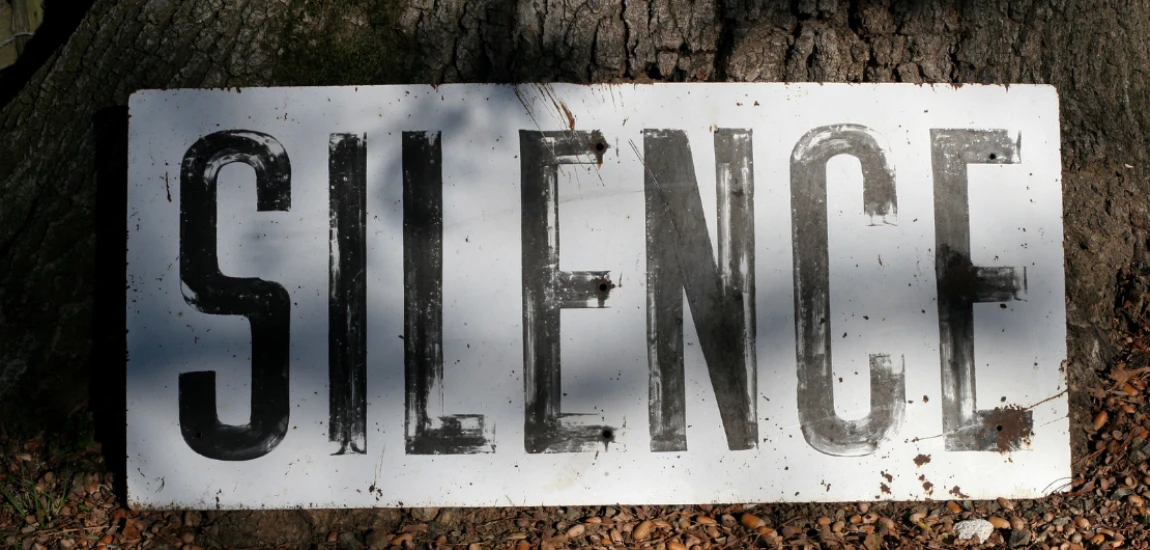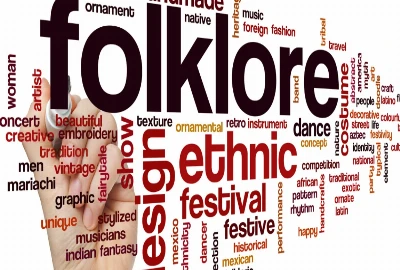Silence as Story: Designing with Absence, Gaps, and Non-Content

Every story is built not only from what’s present but also from what’s missing. In a world overflowing with information, silence has become one of the most potent tools of communication. Whether in film, literature, or digital design, silence doesn’t represent emptiness—it represents intention. It’s the pause that allows meaning to echo.
“Silence as Story” explores the creative potential of absence, gaps, and non-content. From cinematic pauses that hold tension to minimalist websites that guide emotion through space, silence can speak volumes. It draws audiences in, invites interpretation, and amplifies emotional resonance.
This blog examines how creators design with silence—not as a void, but as narrative architecture. It discusses how to use absence to shape rhythm, evoke empathy, and make stories linger in the mind long after the content fades.
The Language of Absence in Storytelling

Negative Space as Narrative Function
In visual and literary design, negative space refers to the intentional emptiness surrounding an image or idea. It’s what gives form meaning by contrast. In storytelling, negative space functions the same way—the unseen defines the seen. The unspoken between two characters may carry more emotional weight than dialogue ever could.
The Silence Between Events
Every narrative relies on pacing—the balance between action and stillness. The gaps between major events often allow audiences to breathe, reflect, and anticipate. These silences build rhythm and emphasize contrast. By designing these gaps consciously, storytellers can evoke tension, nostalgia, or serenity.
Emotion in Ellipsis
Writers often use ellipses or implied action to convey emotional ambiguity. The missing detail forces the reader’s imagination to fill the gap, creating personal meaning. Silence, then, becomes participatory storytelling—an invitation rather than a dictation.
Silence in Sound and Cinema

The Art of the Pause
In film and music, silence can be as powerful as sound. Directors like Stanley Kubrick and Yasujirō Ozu used quiet to heighten unease or intimacy. When sound abruptly drops out, the audience leans in, subconsciously searching for meaning in the void.
The Psychology of Soundlessness
Silence in sound design isn’t emptiness—it’s a contrast mechanism. It highlights texture, emphasizes emotion, and frames dialogue. In horror, silence heightens fear; in drama, it creates realism; in art films, it evokes transcendence.
Designing Sonic Minimalism
Modern media increasingly uses minimal soundscapes to create immersion. From ASMR to ambient storytelling, the absence of music or dialogue can make audiences hyperaware of subtle environmental cues. Silence thus becomes a sensory story layer, guiding emotional interpretation without explicit instruction.
The Digital Quiet: Minimalism in Interaction Design

White Space as Emotional Space
In web and UX design, “white space” is not wasted space—it’s breathing room. Digital silence allows users to focus, process, and feel. When used deliberately, it reduces cognitive load and transforms browsing into a contemplative act.
The User’s Pause
Interactive experiences often rely on pacing to shape engagement. The deliberate delay between actions—such as the moment before a notification appears—creates anticipation. These temporal silences turn user interactions into micro-narratives.
Designing for Reflection
Minimalist digital storytelling, from meditative apps to silent VR environments, proves that not every experience needs noise or complexity. When the interface quiets down, emotional resonance rises. Silence becomes the UX equivalent of subtext.
The Poetics of Gaps in Literature and Art

Ellipsis and Erasure
Writers from Virginia Woolf to Ocean Vuong use fragmentation, ellipsis, and omission to evoke grief, trauma, or memory. What’s not written becomes as important as what is. Similarly, visual artists like Agnes Martin or Mark Rothko use simplicity and space to provoke contemplation rather than spectacle.
Haiku and Minimalist Expression
Ancient poetic forms like haiku exemplify narrative silence. In just a few lines, the gaps between words suggest more than they state. This restraint teaches modern creators that brevity and absence can generate endless emotional aftershocks.
Fragmented Narratives as Design
Contemporary writers and designers increasingly employ fractured forms—hypertext fiction, blackout poetry, modular storytelling—to represent nonlinear experience. These fragmented structures embrace silence as part of the narrative rhythm, acknowledging that not every story needs closure or completion.
Emotional Design: Silence as Empathy

The Pause Before the Emotion
In conversations, silence often signals empathy. A pause after someone speaks allows their words to land, acknowledging emotional gravity. Storytelling functions the same way—the deliberate delay between narrative beats gives audiences time to feel.
Designing Vulnerability
In emotional storytelling, silence can represent vulnerability more truthfully than words. A character who says nothing after tragedy may evoke deeper empathy than one who delivers a monologue. This technique mirrors real human emotion—fragmented, uncertain, incomplete.
The Listener’s Story
When storytellers use silence, they shift power from author to audience. The story becomes a dialogue, where the reader or viewer completes the emotional arc. Silence, in this sense, is the space where empathy happens—a collaboration between expression and perception.
The Future of Silence in Digital Storytelling

From Attention Economy to Contemplative Media
As digital spaces grow noisier, silence becomes a form of rebellion. Platforms, brands, and creators are now exploring “slow media” experiences—projects designed to soothe rather than stimulate. Silence here isn’t absence, but refuge.
AI, Algorithms, and the Art of Restraint
As AI-generated content floods the internet, the rarest commodity will be intentional quiet. Designers and writers who know when not to fill the page—or when to let an AI-generated gap speak for itself—will define the next era of narrative minimalism.
The Philosophy of Non-Content
Silence challenges our obsession with productivity and performance. It asks whether constant creation is the same as meaning. In future storytelling, the most powerful works may be those that say less but invite us to feel more.




